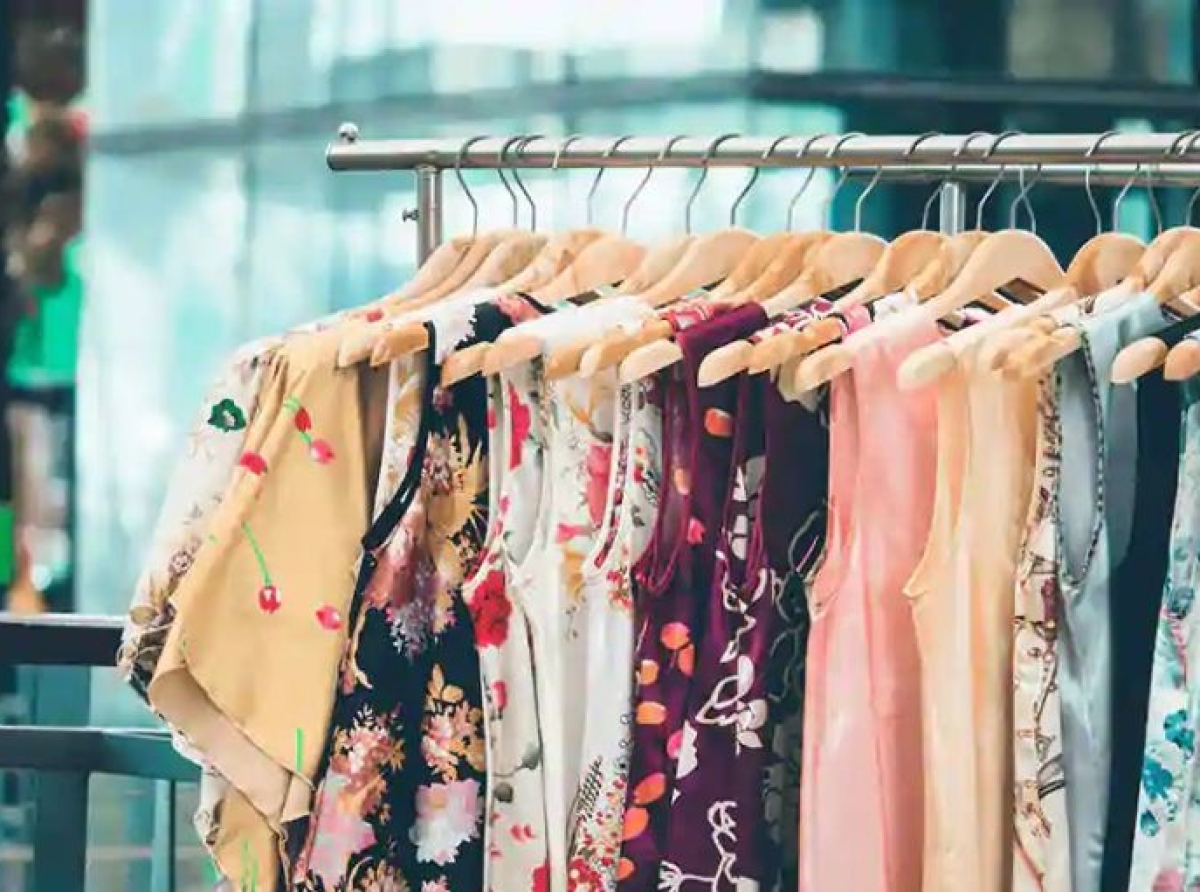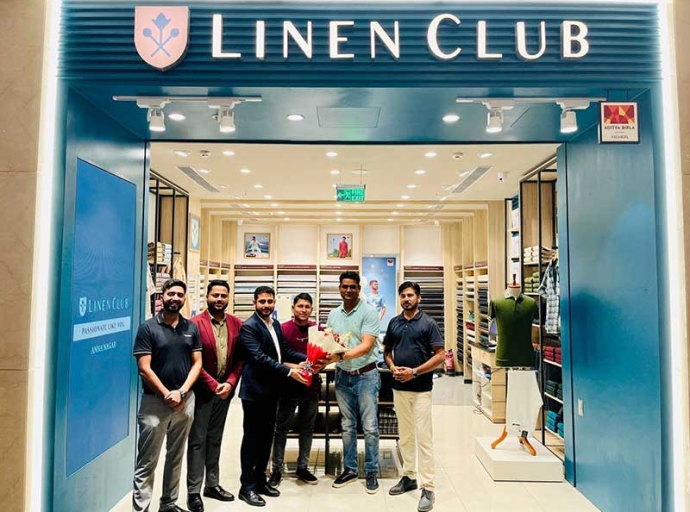07 February 2023, Mumbai
In 2019, the clothing and fashion sector had phenomenal development. The industry is poised to raise its graph in the upcoming year after a decline in recent years.
Consumer demands for sustainability and digitization are forcing the fashion sector to adopt a more consumer-centric strategy. According to MC Kinsey and Company, the only players who will survive can adapt to changes in the fashion sector. As a result of shifting customer buying habits, 1875 fashion businesses closed their doors in 2017.
The situation deteriorated in 2018 as 9000 retail locations are estimated to close their doors due to changes in customer buying habits.
The growth of the business
The fashion business may rise by between 3.5 percent and 4.5 percent in 2019. The industry's revenues, however, are anticipated to increase from $481.2 billion in 2018 to $712.9 billion by 2022. Opportunity comes with challenges, as the adage goes. It is no longer a secret that the fashion business is one of the most polluting sectors on the globe. Everyone, from customers to producers, knows how fashion destroys the environment. Enterprises are attempting to adopt more environmentally friendly practices. Additionally, shoppers favor sustainable clothes over all others. However, more is needed to stop the enormous trash and pollution the fashion industry produces.
However, to achieve sustainability, millennials and the generations following them are calling for urgent reform. 73% of millennials are prepared to pay more for sustainable products, according to a Nielsen Study.
That's fantastic news for the environment and companies that are sustainable. There has been a noticeable increase in new and developing fashion labels that are sustainable as a result of the sustainability movement. These companies have committed to reducing their clothes by placing a higher value on recycled, circular, and used clothing.
Recent declines in the fashion business can be attributed to inadequate technical planning and implementation. To suit the requirements and desires of the market, the sector is integrating technology progressively.
The major firms in the market introduce novel ideas to alter consumer buying habits. However, the sector never really takes off. Even at the transactional level, the industry deals with broader concerns beyond customer buying habits and preferences.
Brands and retailers require a digital mentality to close the gap between fashion and technology. Real innovation and durable technology should be the emphasis of the apparel/garment and fashion sector. The sector must identify its pain areas and collaborate to put forward creative ideas to address its particular problems, always keeping KPIs in mind.
Various challenges
It is challenging for market participants to keep up to speed with current trends, customers, and market demands due to the fashion industry's constant change. The only players who will stay in the game for an extended period can adjust to change over time. Millennials and Gen Z are fully entrenched in the digital world to access more information than ever before in the age of online purchasing.
They don't want to choose anything; instead, they want to select the correct items from the appropriate location and price. Consumers are interested in learning more about specific brands, materials, and fashion trends.
They have an urgent need for high-quality items. It may be challenging for clothes manufacturers and merchants to adapt their things to shifting consumer preferences, trends, and behaviors.
The capacity of the garment business to adapt to change is well recognized, with new trends and fashions appearing often. Change has always been a wardrobe need in my sector that occurs roughly every three months. Due to this ongoing requirement for modification, the industry has a unique set of difficulties.
For companies and retailers, keeping up with the industry's rapid speed may take time since they must keep up with the newest fashions and trends while simultaneously controlling expenses and ensuring profitability. Unicommerce chose to move ahead and compile e-commerce fashion trends, difficulties, opportunities, and solutions in response to the industry's cyclical change so that you may manage and arrange your company action plan in 2023.
With the sector expected to reach $190 billion by 2025–2026, the Indian textile and apparel market offers enormous development potential. Indian enterprises must use government assistance programs, satisfy international buyers' sustainability requirements, and prioritize supply chain traceability to achieve this goal and create a sustainable textile sector.
Latest Publications


































